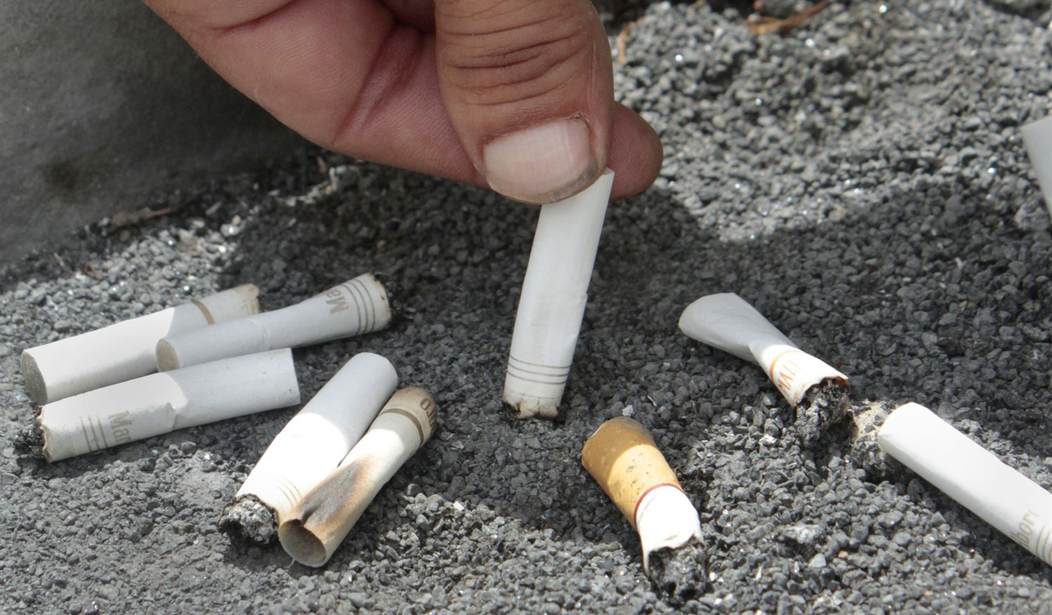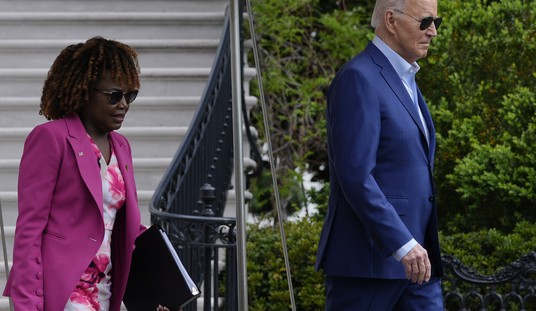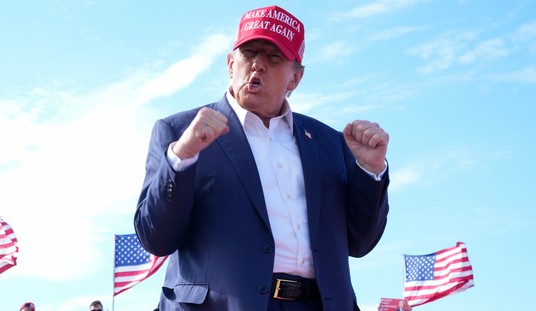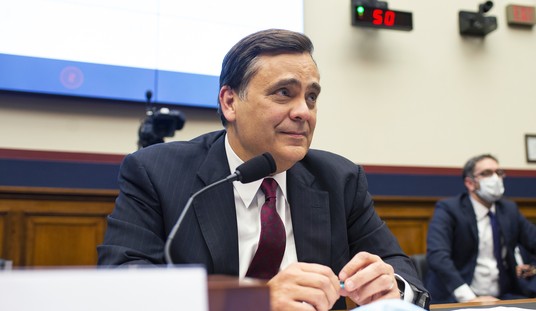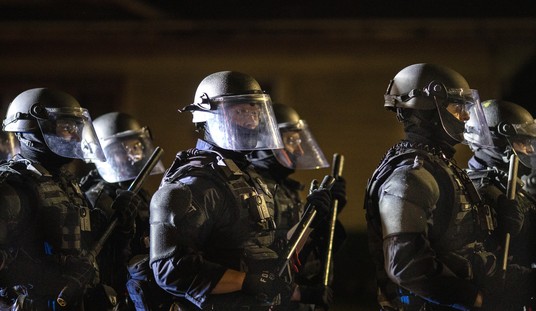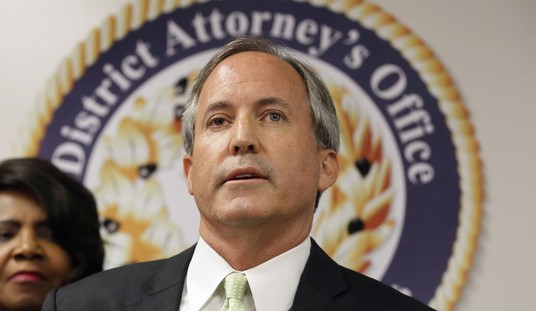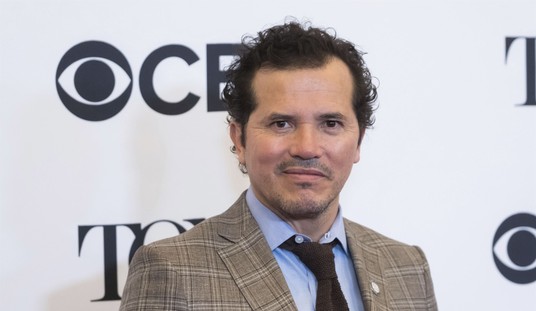The Biden administration’s efforts to promote pushing transgenderism on children has been multifaceted. Some of its methods have been more overt. But in this case, it is using a rather sneaky method to present progressive ideas on gender identity to students.
The Centers for Disease Control and Prevention (CDC) administers the National Tobacco Youth Survey every year. The study is ostensibly intended to ascertain how much youngsters are using tobacco products to see whether programs designed to curb this behavior are bearing fruit.
But in this year’s survey, the CDC included a little something extra.
The Biden administration’s National Tobacco Youth Survey for 2023 asks middle and high school students to disclose their sexual orientation and whether or not they are questioning their gender identity.
The survey is distributed annually by the Centers for Disease Control (CDC) and Prevention’s Office on Smoking and Health to gauge the progress of “comprehensive tobacco prevention and control programs” for youth in the U.S., according to the CDC website. In 2020, changes were made to include a question asking if any students identified as gay, lesbian, bisexual or “something else,” according to documents from the White House Office of Management and Budget (OMB).
In the 2023 survey, however, the questions went further and asked students about transgenderism and whether they feel in alignment with their biological sex.
“Some people describe themselves as transgender and/or nonbinary when the way they think or feel about their gender is different from their sex assigned at birth,” the survey reads. “Do you identify as transgender and/or nonbinary?”
This survey question has led to concern about the survey’s true intent. Michael Chamberlain, director of Protect the Public’s Trust, told reporters that “there is a concern that this important survey that essentially informs the federal government’s understanding of the issues and drives its policy surrounding youth smoking may be being exploited for other purposes.”
So, what exactly does gender identity have to do with kids consuming tobacco? Those supporting the inclusion of the question might argue that LGBTQ youths are at higher risk for using tobacco. By asking the question, the government can employ more targeted prevention strategies.
In 2021, 17.4% of gay, lesbian, or bisexual high school students currently used any tobacco product – compared to 11.4% of heterosexual high school students.
Among middle school students, any current tobacco product use was 3 times higher for gay, lesbian, or bisexual youth than heterosexual.
About 1 in 5 lesbian, gay, or bisexual middle and high school students currently used electronic cigarettes in 2020 compared to about 1 in 8 heterosexual students.
On the other side of the coin, critics might point out that the inclusion of these questions is a diversion from the main purpose of the survey and just another way to promote gender ideology to young children. They might also argue that it is not appropriate to bring up this issue with younger children – especially if parents are not aware of the question being included in the survey. Indeed, other surveys have come under fire for the same reason.
Of course, decreasing tobacco use among children is a laudable goal. But, beyond the fact that government programs designed to influence behavior are typically ineffective, does it make sense to ask students about their gender identity or sexuality when gauging the efficacy of a program? While it is true that tobacco use is higher among LGBTQ students, does knowing this information somehow make it easier to convince them to stop? What LGBTQ-specific program would bring about a drop in the number of children consuming tobacco products?
It does not seem likely that looking at gender identity and sexuality will provide information that would lead to actual solutions. This is not a case of the CDC adapting to evolving conditions surrounding the issue. It seems only intended to promote left-wing ideology related to sexuality and gender to children more than convincing them not to smoke cigarettes.

